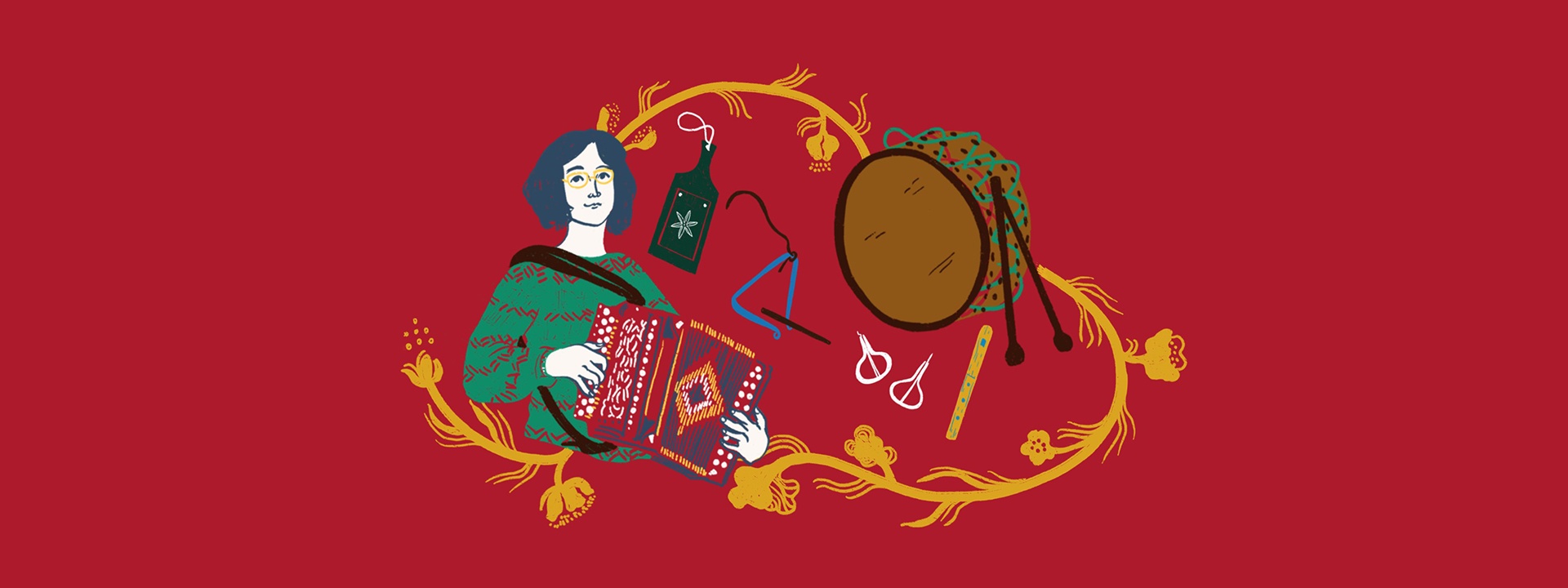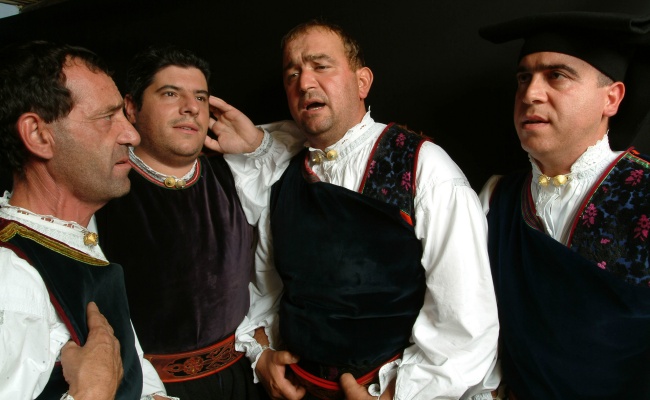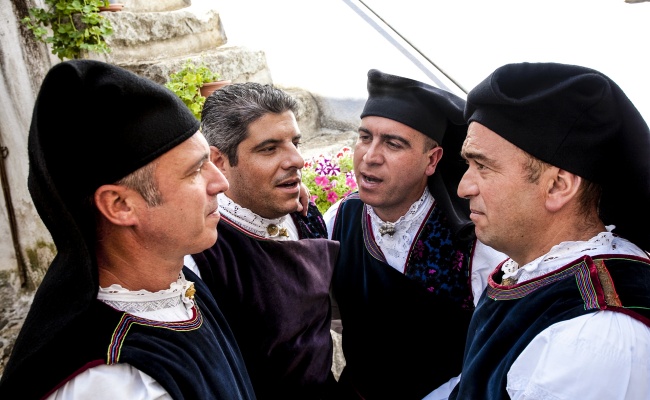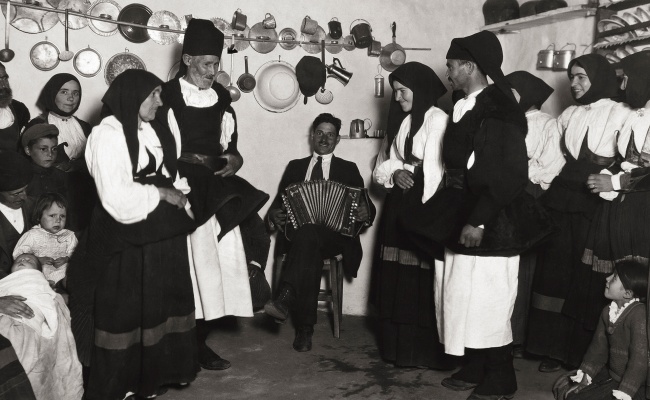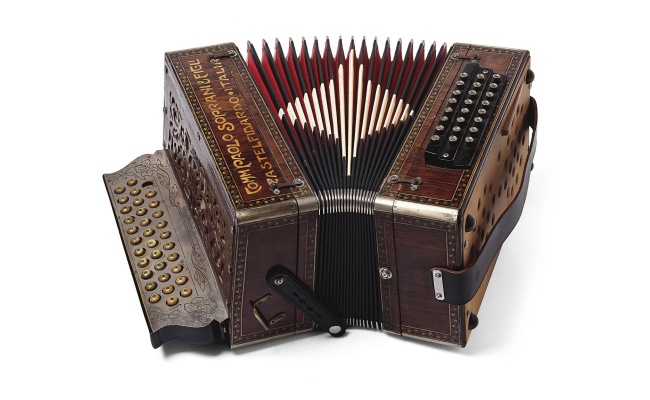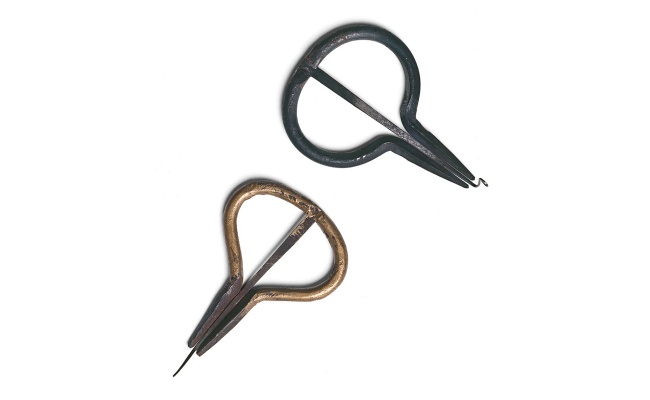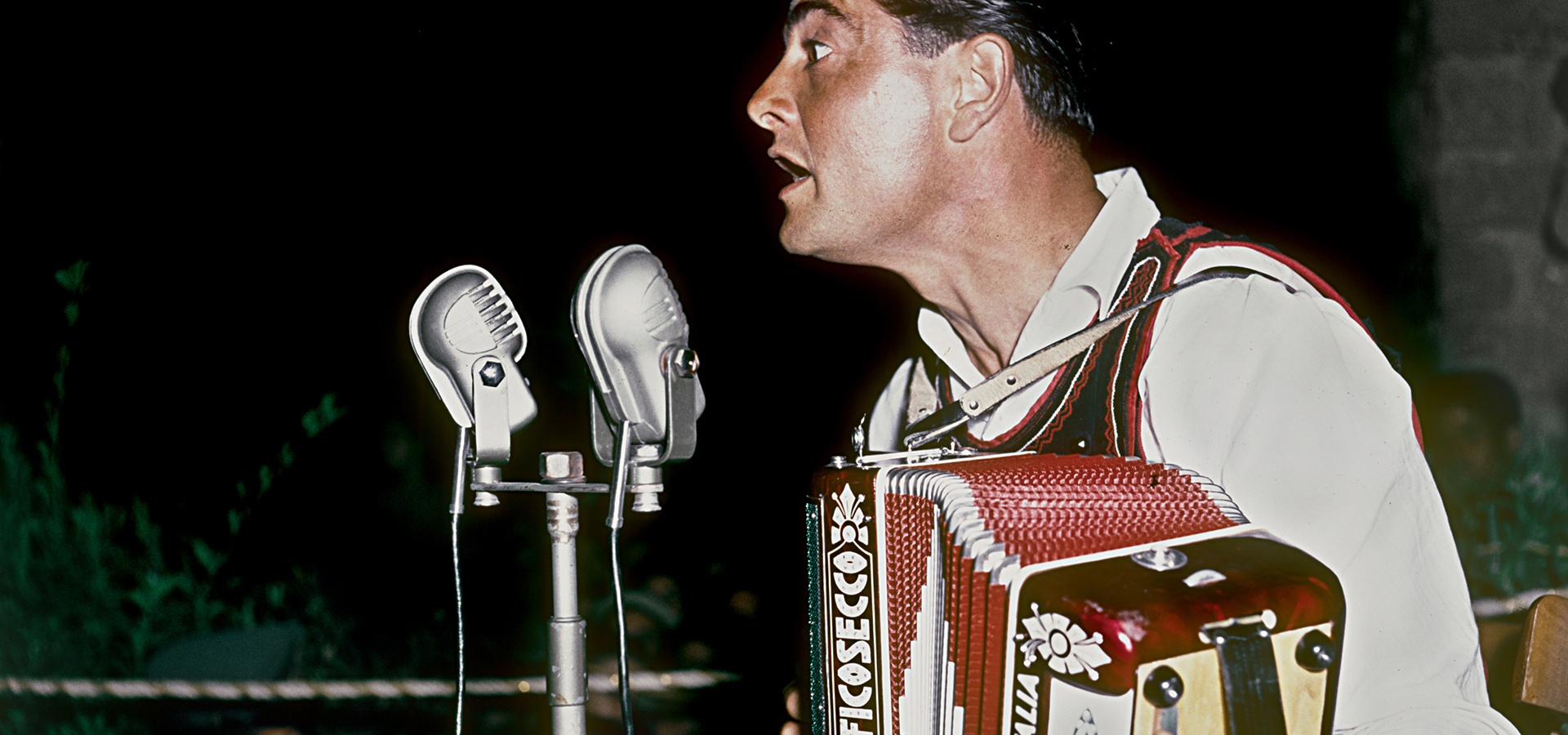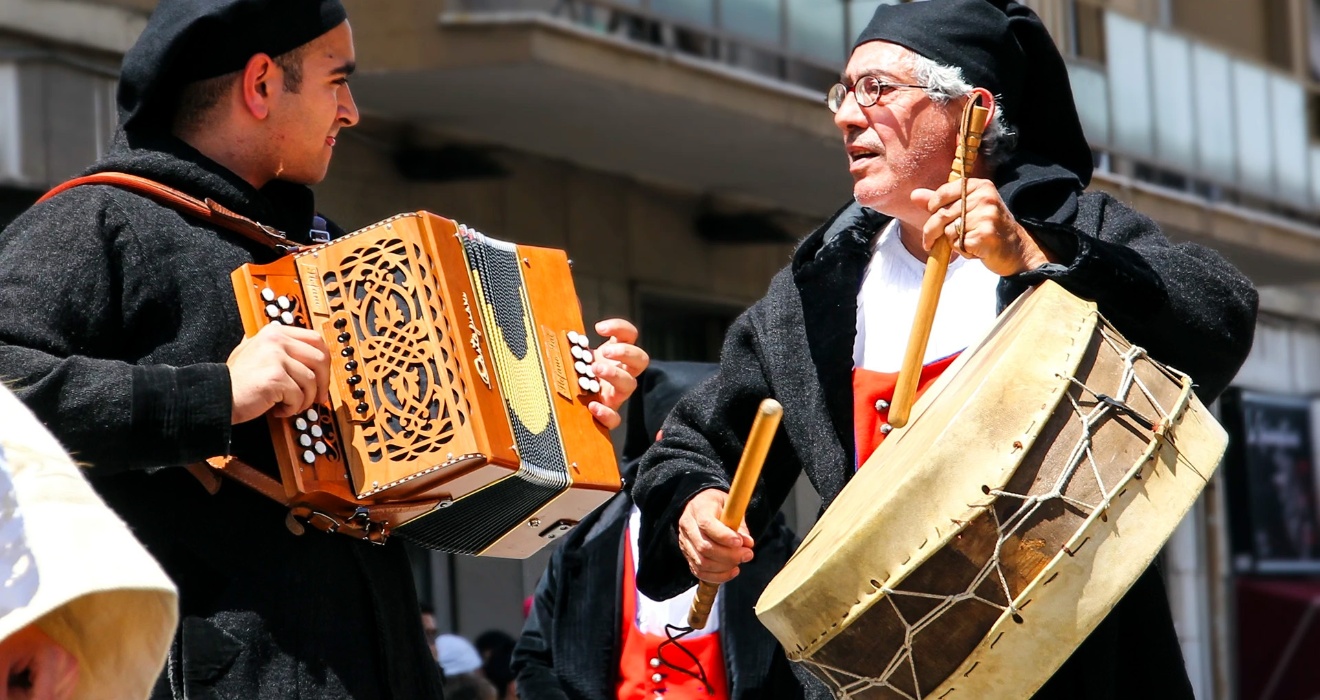The music of the Barbagia region reflects the history, traditions and emotions of its populace.
Music
Description
One of the most distinctive musical genres of the Nuorese, or the historical region of Barbagia if you will, is canto a tenore, a kind of polyphonic singing with unique, ancient roots in Sardinian tradition.
Canto a tenore generally involves four male singers who use their voices to create complex, hypnotic harmonies.
The voices are named on the basis of their role within the group: su bassu (bass), sa contra (contralto), sa mesu boche (mezza voce) and sa boche (soloist).
The soloist, singing the poem in Sardinian, keeps the rhythm and tonality, which the others need to follow in harmony.
In a nutshell, canto a tenore can be described as a soloist accompanied by the harmonies (corfos or corpos) of a three-part vocal choir.
In 2005, this type of singing was added to the UNESCO Oral and Intangible World Heritage List.
The music of the Nuorese plays a central role in local festivities, weddings, religious celebrations and cultural events.
The traditional musical instruments (and the relative music) are still used, like the diatonic accordion that accompanies Sardinian dance.
The latter requires high technical specialisation on the part of both musicians and dancers.
The Sardinian dance of the Nuorese, each town with its own variant, is accompanied by the diatonic accordion, the chromatic accordion, the harmonica and, sometimes, especially in a few specific towns, canto a tenore.
In some towns you will also find the trunfa (Sardinian Jew’s harp) and, especially in Gavoi, drums, triangles and a small wind instrument called a pipiolu.
In and only in Ottana, dancing is accompanied by a S’Affuente, which was originally a collection plate and then turned into a musical instrument.
Its beauty and authenticity reflect the soul of the region, continuing its age-old traditions and preserving the rich musical heritage of the Barbagia region.
The contemporary Sardinian music scene is filled with musicians who mix traditional elements with modern influences, creating a unique, innovative sound.
Although without such storied roots, the polyphonic chorales for male and female voice performed in many towns in the Nuorese are important for the communities.
An important tool for the preservation and promotion of the music tradition of the Nuorese is the media library of the ISRE comprising about 800 recordings on various supports, including LPs, 45s, CDs, audio cassettes and magnetic tape on reels.
The collection also includes recordings made on the field by the ISRE’s scientific staff and live recordings of cultural events and shows.
 Nuorese Cultural District
Nuorese Cultural District